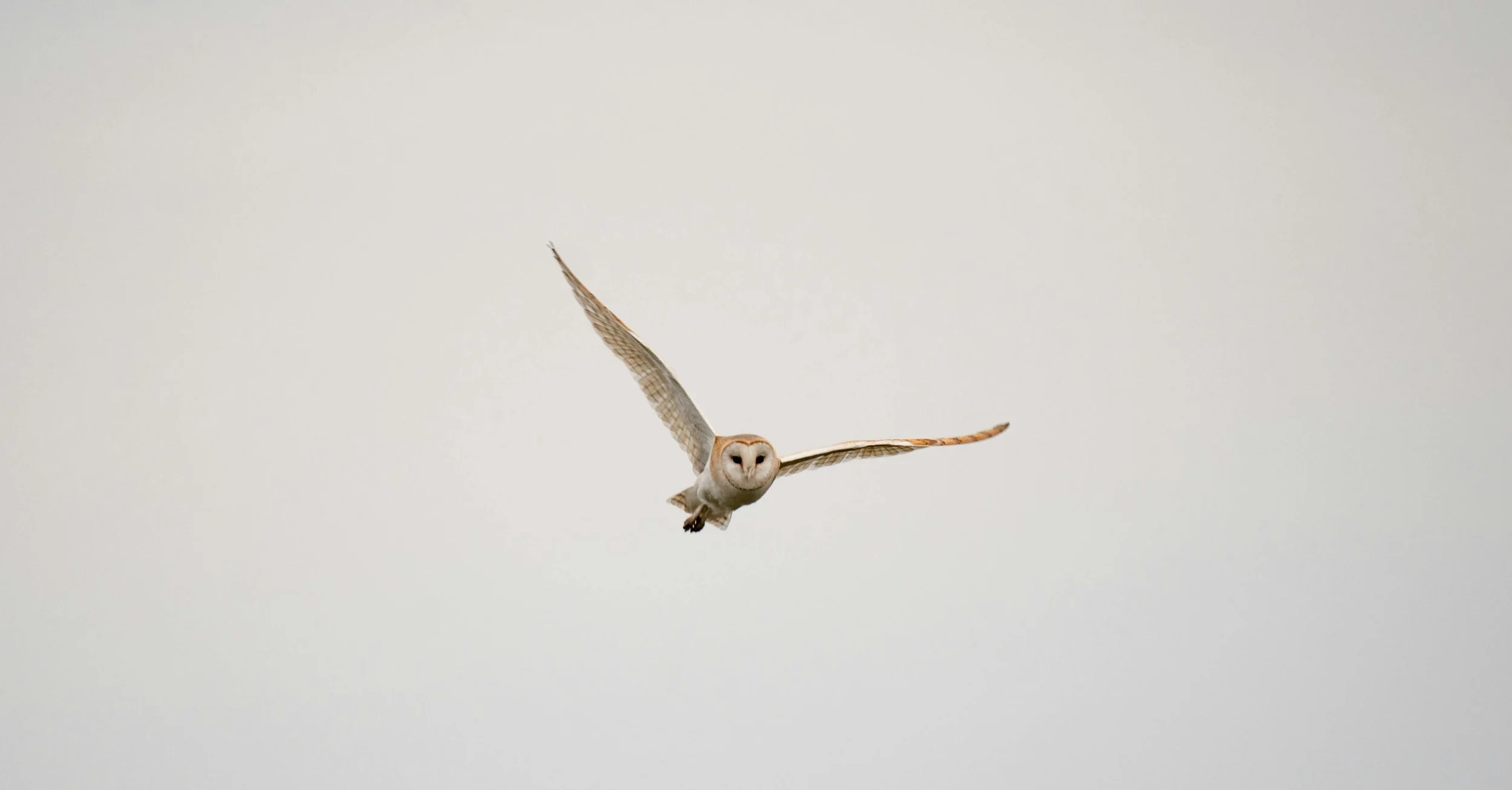Fillongley: UK’s Greenest Cricket Ground 2024
by Tanya Aldred
Interested in making your cricket ground more sustainable, but a bit lost on how to do it?
Inspiration comes from The Cricketer’s Greenest Ground competition, sponsored by Ortus Energy. From a germ of an idea in 2020, the competition, now draws an amazing bag of entries.
The 2024 winner Fillongley CC, which sits in the Warwickshire countryside between Birmingham and Coventry, started transforming their ground in 2018.
Some members were sweet-talked into creating a sustainability sub-committee, and the Warwickshire Wildlife Trust (WWT) then helped them plan both how to improve the ground for wildlife, and help prevent flooding in the village. From there, they got planting, putting in more than 200 metres of hedging, 20 trees to fit in with the surrounding ancient Arden forest, and a wildflower meadow - where voles quickly moved in.
The WWT and Highways England supported the club to clean out a neglected pond, which in turn was soon inhabited by coots. Deer, buzzards, red kites and a kestrel arrived, thrilling evidence of increased biodiversity around the ground.
Less picturesquely, but just as importantly, they looked at the human ecology: installing LEDs with motion sensors in the clubhouse, adding insulation to a water tank, timers to the showers, and improving their recycling. Later, they installed an 18 panel 7kW PV system to the pavilion roof, with a battery and a charger which powers the groundsman’s car and will, in the future, charge electric mowers. The solar panels, operational since May, have reduced the club’s energy bills, saving the equivalent of 1.9 tons of Co2, and given them an income of £220 through exporting the surplus renewable energy they have generated back to the grid.
But it is the pair of fluffy white barn owls nesting at the ground who have provided the most motivation, and the most joy.
“The working days have been good for team spirit, but it is the owls that have made such a difference,” ecological driving force Stephen Gardner told The Cricketer. “People come for the cricket and drift over to the owls hunting over the wildflower meadow.”
Importantly, the club were able to get funding for various stages of the development – money for the solar panels came from the Warwickshire Cricket Board, with all the new hedges and trees provided by WWT. Next they hope to plant new fruit trees, funded by the Community Orchard Fund.
The competition runner-up, Langside Sports Club in Glasgow, set up their BIO (Be Involved Outdoors) club during Covid, and still meet twice a week. It provided companionship during lockdown while also kickstarting a biodiversity revolution as the volunteers built a bog-garden, planted a community fruit orchard, a habitat hedge and a wildflower bank.
While in an old mining village in Tyne and Wear, highly-commended club East Rainton CC are growing hops for a local nano-brewer in the hope of tasting their beer this autumn. They’ve also planted 480 tree saplings (provided by the Woodland Trust), sown a wildflower garden, installed rainwater storage barrels, left areas wild for nature, and are powering their electric mower with newly installed solar panels.
Joanne Bowen, CEO of Cricket for Climate presenting the award for Greenest Ground
Could your cricket club be this year’s Greenest Ground? The 2025 Greenest Ground competition will open in April, at www.thecricketer.com, with a £500 prize for the winning club.
Previous winners: Corbridge CC (2023), Valley End CC (2022), Whalley Range CC (2021) and runner-up Eight Ash CC (2021).
Tanya Aldred, of The Next Test, helped set up The Cricketer's Greenest Ground competition.




